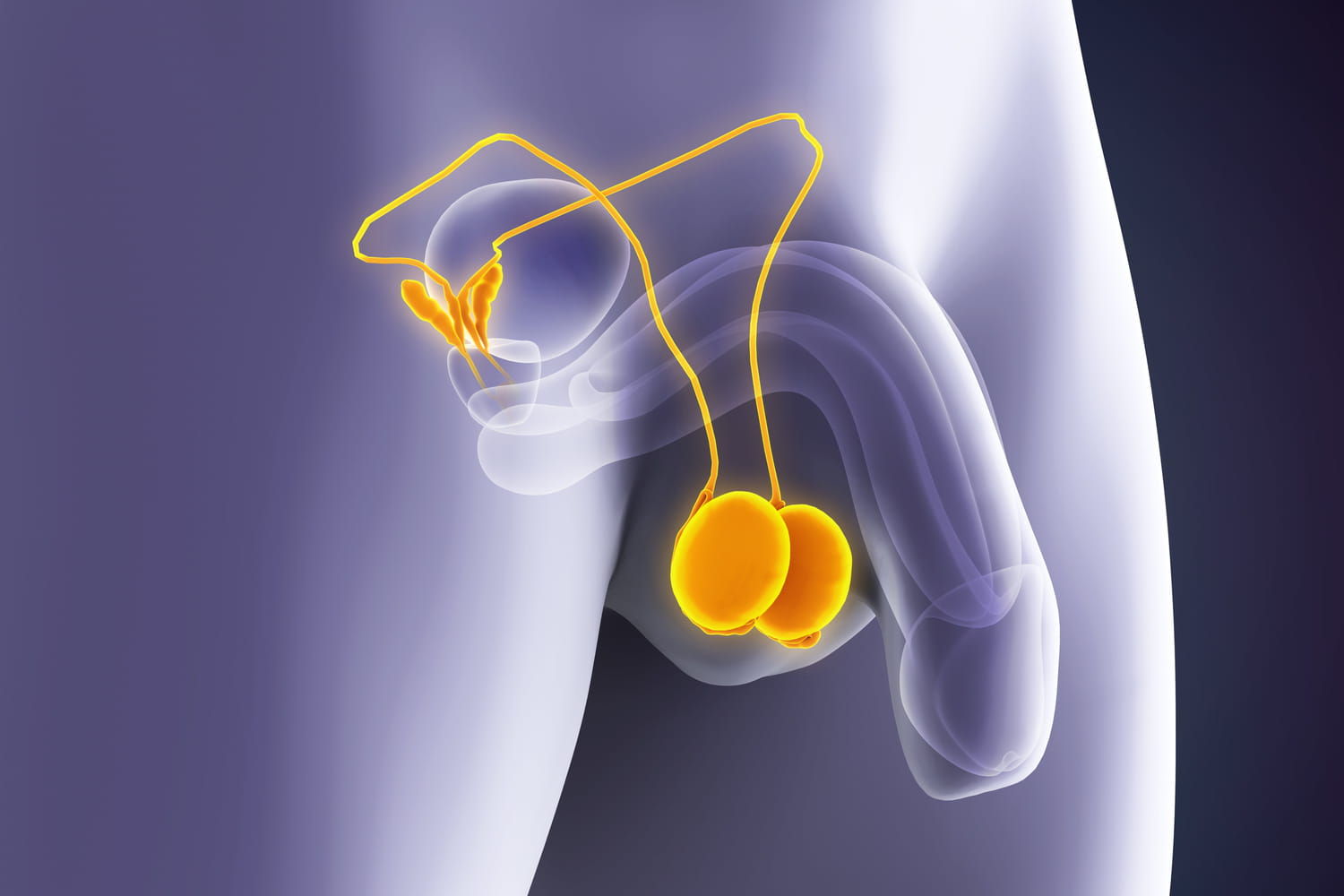The use of a chastity cage involves securing the genitals in a device that prevents sexual release and typically restricts access or stimulation. While many people enjoy wearing chastity cages without experiencing significant physical harm, it’s essential to approach the practice with caution and an understanding of the potential risks. Improper use, poor fit, or prolonged wear can lead to physical damage to the genitals, so understanding the physiological implications is critical for safe and comfortable use.

1. Pressure and Compression
Chastity cages work by enclosing the penis and often the testicles within a cage or tube. If the device is too tight or poorly fitted, it can create excessive pressure or compression on the genital tissues. The physiological impact of this pressure depends on factors like the tightness of the cage, duration of wear, and the individual’s anatomy. Prolonged compression can disrupt blood flow and cause a variety of issues:
- Reduced Circulation: Chronic pressure on the penile shaft and testicles can impede arterial blood flow, potentially leading to temporary numbness, pain, or discomfort. In extreme cases, reduced circulation may result in ischemia, where tissues do not receive enough oxygenated blood, leading to swelling or tissue damage.
- Swelling and Edema: Excessive pressure may also cause the tissues to swell, a condition known as edema. Swelling can result in increased discomfort and may exacerbate any existing constriction, creating a cycle of increased pressure and pain. In some cases, this may also make it difficult to remove the cage.
- Nerve Damage: In severe instances, prolonged pressure on nerves could lead to temporary or permanent nerve damage, which might manifest as reduced sensitivity or paresthesia (tingling, numbness) in the affected areas. This is more likely to occur when the device is excessively tight or worn for extended periods without breaks.

2. Infections and Hygiene Concerns
Chastity cages, especially those made of non-porous materials, can create an environment that is less than ideal for maintaining proper hygiene. Sweat, urine, and skin oils can accumulate within the cage, potentially leading to bacterial growth and increasing the risk of infections. Urinary tract infections (UTIs) and skin irritation can arise if the device is not regularly cleaned, or if moisture is trapped against the skin for extended periods.
The prepuce (foreskin) and the urethra are particularly vulnerable to infection if the chastity device is not kept clean. Balanitis, an inflammation of the head of the penis, is another possible concern, especially if the device is worn for extended periods without proper ventilation.

3. Risk of Testicular Damage
Chastity devices that include a feature to secure the testicles may place the testes under mechanical stress. The testes are sensitive organs that are naturally suspended within the scrotum to maintain a cooler temperature for optimal sperm production. When locked in a cage, the testicles may be subjected to excessive pressure, friction, or constriction, potentially leading to:
- Testicular Torsion: Although rare, the twisting of the spermatic cord (known as testicular torsion) can occur if there is excessive movement or pressure on the testicles. This is a medical emergency that requires immediate intervention to prevent long-term damage to the testes.
- Testicular Atrophy: Prolonged constriction and lack of adequate blood flow to the testes may cause testicular atrophy or shrinkage, a condition in which the testicles decrease in size. This is more likely to occur if the device is worn too tightly, or if there is prolonged restriction of blood flow without periods of release or rest.
- Sperm Production Disruption: While wearing a chastity cage occasionally is unlikely to interfere with fertility, prolonged, excessive pressure on the testicles could potentially impact spermatogenesis (sperm production), especially if circulation is significantly restricted over time.

4. Trauma and Impact Injuries
While less common, trauma or impact injuries can occur if the chastity cage is subjected to excessive force or sudden movements. If the wearer engages in activities such as rough physical activity, intercourse, or even sleeping in an awkward position, the device could cause bruising, abrasions, or contusions on the penis or testicles. Such injuries may result in localized pain, swelling, or minor tissue damage.

5. Mitigating Risks
To minimize the risk of physical damage while using a chastity cage, several best practices should be followed:
- Proper Fit: The chastity device should fit securely but not tightly. A well-fitting cage should allow for adequate blood flow and comfort, while still serving its purpose of preventing sexual release. It should not cause pain or discomfort during daily activities. It's important to measure both the length and girth of the penis before purchasing a chastity device to ensure a good fit.
- Material Selection: Choose materials that allow for proper ventilation and hygiene. High-quality stainless steel, for instance, is non-porous and easy to clean, but it may not be as breathable as silicone or plastic cages. Consider using a cage with air holes or a design that allows for better airflow to reduce moisture buildup.
- Breaks and Monitoring: It's advisable to remove the cage at regular intervals to ensure the tissues are not being subjected to continuous pressure. This allows for monitoring any signs of discomfort, swelling, or restricted circulation. Some wearers alternate between wearing the cage and going without it to ensure that any negative physical effects are minimized.
- Hygiene and Cleaning: Keep the chastity device clean and dry to reduce the risk of infection. Regular washing and drying after wearing the device are essential, especially for individuals who wear the cage for extended periods.
- Communication with Your Partner: If the person wearing the chastity device experiences any discomfort or signs of physical injury, it is crucial to communicate this to their partner. Stopping use immediately and seeking medical advice if necessary can prevent long-term harm.
In summary, while chastity cages can generally be worn safely, improper use or a poor-fitting device can lead to physical harm, including impaired circulation, nerve damage, infections, or trauma to the genitals. To minimize these risks, it is vital to ensure proper fit, maintain good hygiene, and monitor the body for any signs of discomfort or injury. If you experience any severe pain, swelling, or other concerning symptoms, it is important to remove the device immediately and seek medical advice. Taking these precautions can help ensure a safe and enjoyable experience with chastity play.









